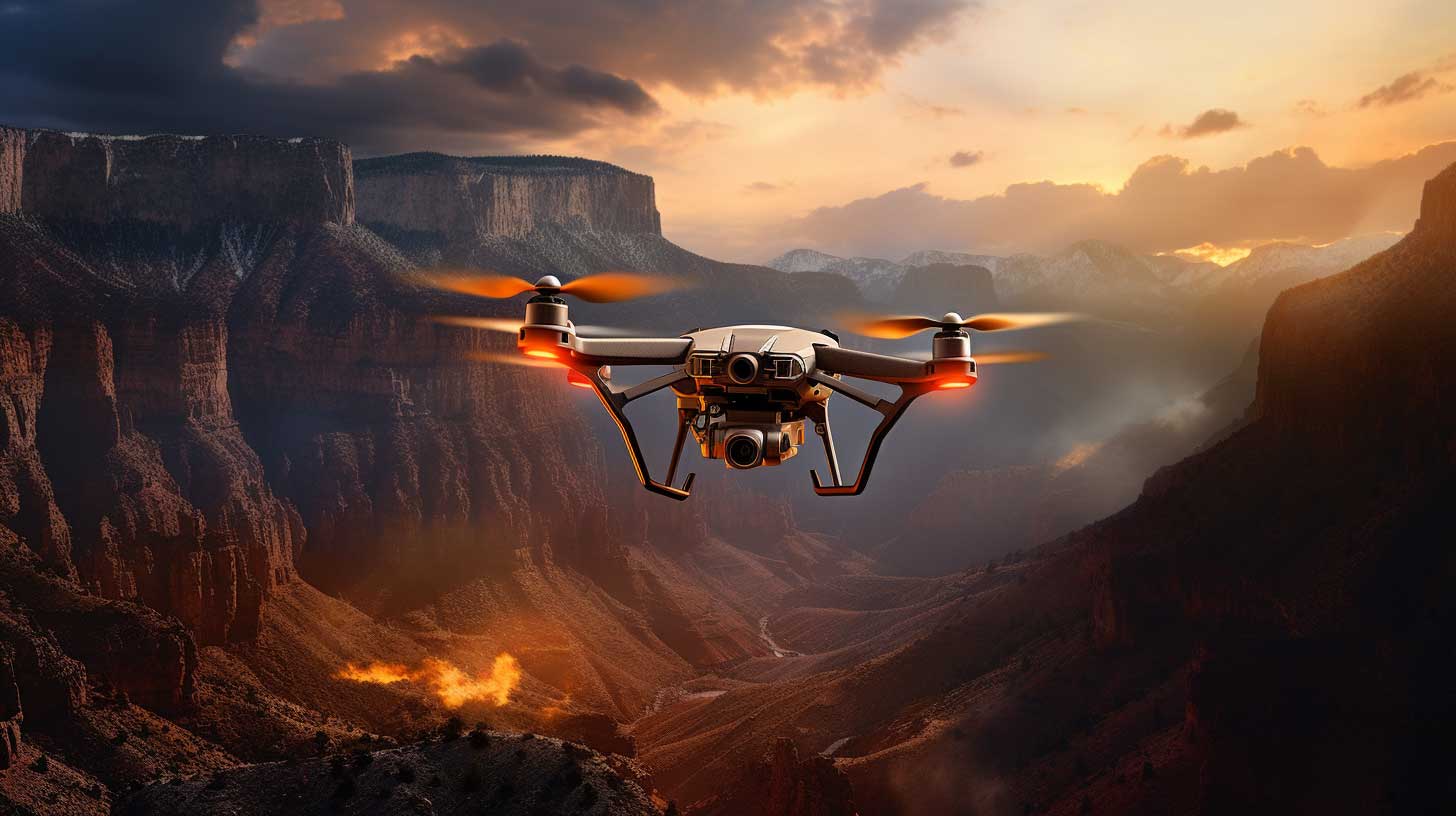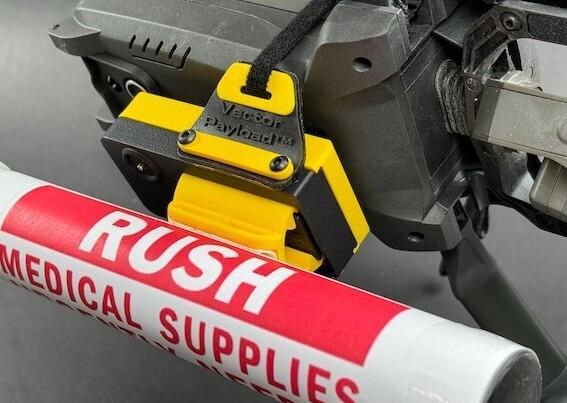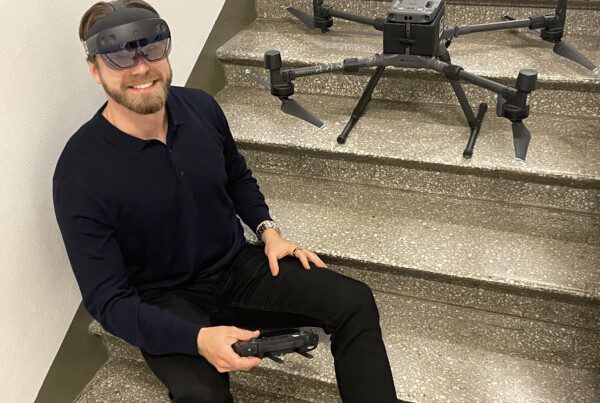Time is everything for first response units in search and rescue or law enforcement. When every second counts, having the right tools can make all the difference. That’s where unmanned aerial systems (UAS), commonly known as drones, come into play.
With quicker response times and better situational awareness, UAS are proving to be invaluable assets in these high-pressure scenarios. Not only do they provide a bird’s-eye view of the area, but they also offer cost savings compared to traditional methods.
To maximise their effectiveness, drone pilots rely on heads-up display software that enhances their capabilities.
In this fast-paced world where every moment matters, it’s essential for first response units to embrace innovative technologies like UAS to save lives and protect communities. So let’s dive deeper into how time truly is everything for these dedicated teams on the front lines.
Overview of the UAS Role in Search & Rescue and Law Enforcement
Drones have revolutionised the way first response units operate in search & rescue and law enforcement.
These unmanned aerial systems (UAS) provide a unique advantage in locating missing persons or suspects due to their ability to quickly deploy and cover large areas.
Equipped with high-resolution cameras and thermal imaging technology, UAS can swiftly locate individuals even in challenging terrains or low-light conditions.
Additionally, drones enable real-time video streaming, allowing teams on the ground to gather crucial information instantly.
By providing an aerial perspective and cutting down on search time, these devices greatly enhance the efficiency of first response units.
Quicker response times mean increased chances of saving lives or apprehending suspects promptly, making drones an invaluable tool for search & rescue and law enforcement operations.
Quicker Response Times
Faster response times are crucial in emergency situations for maximising effectiveness. When it comes to search and rescue or law enforcement operations, every second counts.
Unmanned Aerial Systems (UAS) play a vital role in achieving these quicker response times. With UAS technology, first response units can rapidly deploy drones to the scene, gaining valuable time that would otherwise be spent on preparing manned aircraft or ground vehicles.
Drones can cover large areas quickly and efficiently, providing immediate visual data to aid in decision-making processes.
By reducing the time it takes to reach a location and assess the situation, UAS enable first responders to take action promptly.
This ability to respond swiftly not only increases chances of success but also enhances safety for both victims and responders alike.
In addition, faster response times seamlessly transition into better situational awareness as drones provide real-time information from above.
Better Situational Awareness
With UAS technology, drones provide a comprehensive view of the surroundings, giving you a heightened sense of your environment and enabling you to make informed decisions swiftly.
Drones equipped with cameras can fly over disaster areas or crime scenes, capturing real-time footage that can be streamed directly to your headquarters or mobile devices.
This allows you to assess the situation from a safe distance and gather valuable intelligence before entering potentially dangerous situations.
The ability to see the bigger picture in real-time enhances your situational awareness, helping you prioritize resources and allocate them effectively.
By having this crucial information at your fingertips, response times can be further optimised, ensuring that help reaches those in need faster than ever before.
Whilst we recognise how drones are revolutionising operations across various industries and improving outcomes, one of the most crucial areas to discuss is cost savings.
Cost Savings
One of the benefits of drones is that they can help businesses save money by increasing efficiency and reducing operational costs.
In search and rescue or law enforcement, time is everything for first response units. Drones provide a cost-effective solution to these critical situations. By using drones, organisations can avoid the expenses associated with traditional methods such as helicopters or wide search ground teams.
Drones are more agile and can cover larger areas in less time, allowing responders to quickly assess a situation and make informed decisions. This not only saves valuable time but also minimises the resources required for a successful operation.
Additionally, drones require less maintenance compared to other vehicles, further reducing costs. With their ability to save money while improving response times, it’s no wonder why drones have become an essential tool in these fields.
How Heads Up Display Software helps the drone pilot
Heads-up display software provides drone pilots with the following benefits:
- Seamless navigation and assessment of situations, enhancing operational capabilities
- Critical information displayed in front of the pilot’s eyes, maintaining situational awareness.
- Real-time data such as altitude, speed, and GPS coordinates for quick decision-making.
- Ability to see maps and live video feeds in the AR glasses display, providing a comprehensive view of the area.
- Intuitive interface with all information readily available, eliminating the need to switch between screens or devices.
- Efficient (thermal) searches for missing persons or identification of potential threats.
- Empowerment of drone pilots in search and rescue or law enforcement missions, maximising efficiency and effectiveness.
Time is everything
Whether it’s a report of a forest fire, a missing person, a crime being committed or a public disorder, time is everything for first response units.
The use of unmanned aerial systems (UAS) has proven invaluable in these situations. They provide quicker response times, improved situational awareness, and cost savings.
With the assistance of heads-up display software, drone pilots can navigate more efficiently and effectively. This technology allows them to gather real-time information and make informed decisions on the spot.
By utilising UAS technology, first responders can enhance their capabilities and ultimately save lives. They can quickly assess dangerous situations, locate missing persons, and gather crucial evidence. This allows them to respond faster and more effectively, increasing the chances of a successful outcome.
In addition, the use of UAS reduces the risk to first responders. They can remotely assess dangerous areas or hazardous environments without putting themselves in harm’s way. This not only improves their safety but also allows them to focus on the task at hand without distractions or unnecessary risks.
Find out more by downloading our white paper “Saving lives: One drone at A Time” and how AirHUD as a heads up display for various types of AR glasses can help.
Emilie is the chief marketing officer of Anarky Labs, a pioneer in developing situational awareness software for drone operations. As CMO, Emilie leads the go-to-market strategy and actions to make AirHUD a true European alternative when it comes to BVLOS operations to improve drone management. Emilie is best reached by email.





